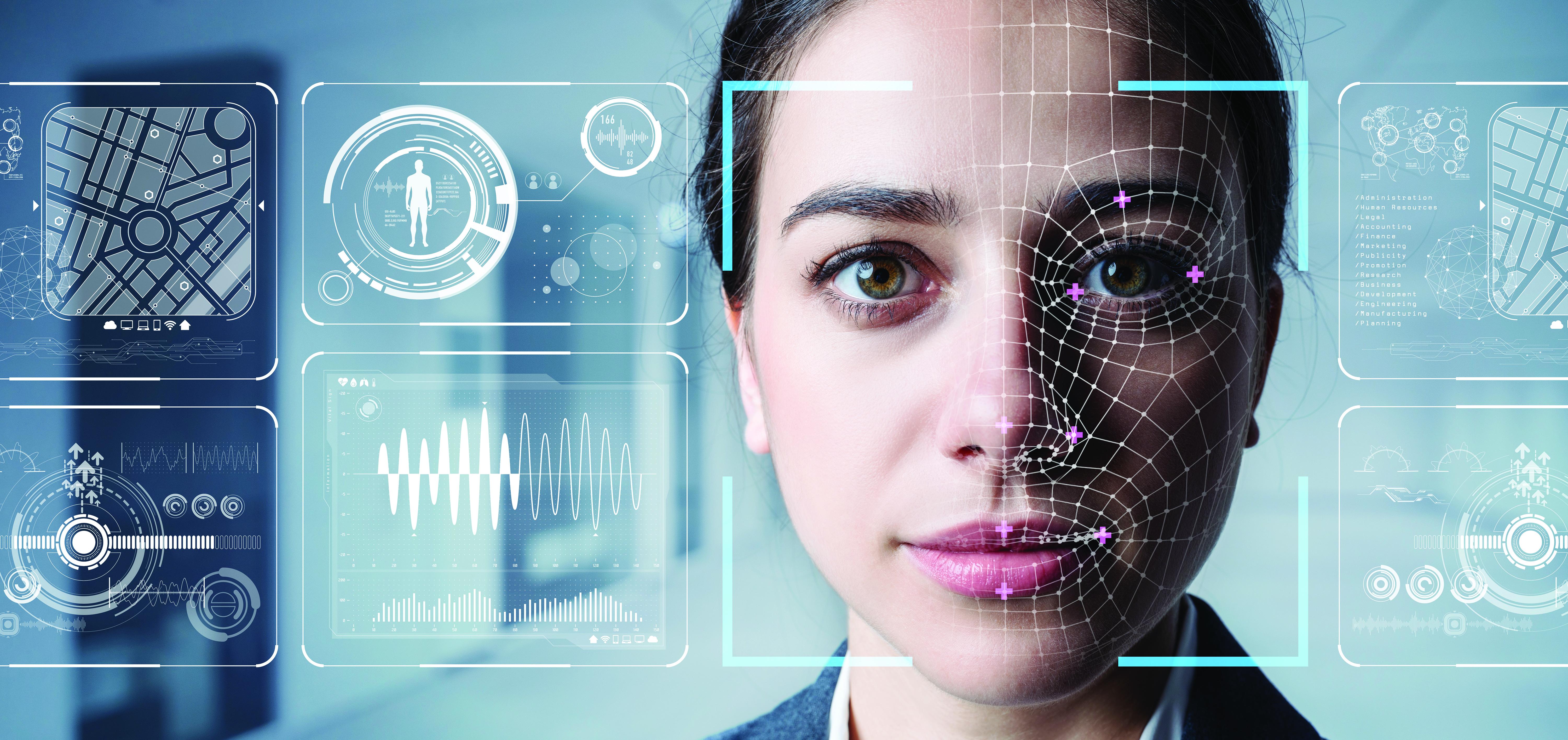空港での生体認証は必然か?

生体顔認識技術は、世界の空港のさまざまな場所ですでに使用されています。航空会社、空港、税関、特に米国税関国境警備局(CBP)は、識別技術の正確さと混雑した空港での旅客の処理を高速化する能力を共に備えています。
ジェットブルー航空やブリティッシュ・エアウェイズのテスト実施は、大きな成功として宣伝されています。また、中国では世界で最多人口の国で航空旅客が急増しているため、空港での生体認証の実装を急いでいます。
しかし、世界の空港での顔認識技術の継続的な展開に反する兆候があります。CBPとデルタ航空がシアトル-タコマ国際空港(SEA)で顔認識を実装しようとしたとき、空港の運営者であるシアトルポートが展開を強制的に延期しました。
国際線でSEAを出発するデルタ航空の乗客は、2019年末から顔認識を介して航空機に搭乗できると予想されていました。しかし、シアトル港委員会ーは、「一般向けの顔認識技術の実装」は「明確に正当化され、公平で透明性がある必要がある」とする決議を採択しました。作業グループは、3月31日までに「明確な実施および測定できるポリシー」を策定する予定で、「委員会はワーキンググループの推奨事項を正式に検討し、 2020年6月30日までにポリシーを策定します」とシアトルポートは声明で次のように述べています。
透明性および倫理性
シアトル港委員会委員長のステファニー・ボウマン氏は、延期の理由を次のように説明しました。
「私たちは顔認識技術を実装した他の20以上の空港を知っていますが、その実装が乗客の権利を保護し、公的プロセスを通じて実装が旅客の権利を保護しているところはなく、限定的で、透明性と倫理性の保証が限定的であります」と彼女は述べました。「私たちの社会では、この種の技術が公開討論や意見を通じて展開されることを期待していると感じています。この委員会が2020年の政策の採択時に、私たちは、国民向けの生体認証に関する国のベストに履行する機会を得ることができます。」
ポートは、「民間部門と連邦政府のパートナーによる今後数年間の国民向け顔認識技術の導入の全国的な増加に先んじて」、加えて、「現在、CBPは顔認識技術を米国の11の空港と6つのクルーズターミナルの国際線到着に使用しており、空港と航空会社は2箇所の空港での国際線出発の顔認識を実装しています。」
顔認識技術が使用される米国の空港には、アトランタ、ワシントン・ダラス、フォートローダーデール(フロリダ)、ヒューストンインターコンチネンタル、ニューヨークJFK、ラスベガスマッカラン、ロサンゼルスLAX、マイアミ、オーランド、サンディエゴ、サンノゼ(カリフォルニア)、ポートランド( オレゴン)が含まれます。
中国が生体認証を採用
空港での顔認識技術の提案者は旅客がそのような生体認証の使用に対する圧倒的な支持を表明していると言います。
「私たちは調査では、乗客の68%がもし生活が容易になるなら生体認証の詳細を共有してくれます」とSITAアジア太平洋のスメシュ・パテル社長はATWに語りました。「それらが明確に提供され、フライトが離陸するとすぐにデータが削除されることが保証されすれば一般的に技術には満足してもらえます。」
SITAは中国政府と協力して、全国の空港で生体認証を導入しています。SITAによると、中国の空港の27%が生体認証を使用した自己搭乗ゲートを備えており、この数字は3年以内に66%に達すると予想されています。
パテル氏は、中国の空港はキオスクの前でパスポートをスキャンし、空港に到着したときに最初のタッチポイントで写真を撮影し、それ以降のすべてのタッチポイントを通過させる時にも顔認識システムを採用しようとしていると述べました。旅客の顔は、事実上、彼または彼女のパスポートになります。
SITAによると、「空港[in China]の半数以上で、2022年までにすべてのタッチポイントに対して単一の生体トークンをセキュリティで保護する計画があります」と述べています。
パテル氏は、旅客は生体認証による顔認識をオ断ることができると述べたが、そうすることで空港での処理時間が非常に長くなる可能性があり、おそらく3時間もかかるだろうと語っています。
彼は、航空会社、空港、乗客が生体認証を広く採用することを余儀なくされるか、航空交通量の増加を抑えるリスクがあると指摘しました。
「今後20年間で、旅客数は2倍になりますが、空港は約5%から6%しか成長しないため、さらなる成長を可能にするためにテクノロジーに頼る必要があります」 空港での旅客処理の高速化は、予測される需要に合わせて航空交通量を増やす唯一の実行可能な方法です。
以上は、Aaron KarpがAir Transport Worldに書いた記事の簡略版です。 記事全文でアメリカでの展開に関する詳細を入手してください。全文を英語でご覧いただくには、ログインまたは購読していただく必要があります。
Biometric facial recognition technology is already being used at various points in the passenger journey at airports throughout the world. Airlines, airports and customs agencies—particularly US Customs and Border Protection (CBP)—like both the accuracy of the identification technique and its ability to speed passenger processing through crowded airports.
Trials, such as those conducted by JetBlue Airways and British Airways, have been touted as tremendous successes. And China is moving fast to implement facial biometrics at its airports as air passenger traffic soars in the world’s most populous country.
But there are signs of pushback against the ongoing rollout of facial recognition technologies at the world’s airports. When CBP and Delta Air Lines tried to implement facial recognition at Seattle-Tacoma International Airport (SEA), the airport’s operator, the Port of Seattle, forced a slowdown of the rollout.
Delta passengers departing SEA on international flights were expected to be able to board aircraft via facial recognition starting at the end of 2019. But the Port of Seattle’s commissioners adopted a resolution stating that “implementation of public-facing facial recognition technology” needs to be “clearly justified, equitable and transparent.” A working group will develop policies by March 31 “that can be clearly enforced and measured,” the port said in a statement, adding, “Commissioners also clarified that no biometric technology shall be implemented at port facilities until commissioners formally consider working group recommendations and develop policy by June 30, 2020.”
Transparent & Ethical
Port of Seattle Commission president Stephanie Bowman explained the reason for the pushback.
“We know of more than 20 other airports that have implemented facial recognition technology, but no other port has undergone a public process to ensure that implementation would protect passenger rights, and be limited, transparent and ethical,” she said. “We feel that our community expects more than to have this kind of technology rolled out without any public discussion or input. When this Commission adopts policies in 2020, we will have the opportunity to create the nation’s best practices for public-facing biometrics.”
The port noted that it was trying to get “ahead of a national rise in public-facing facial recognition technology deployment over the next few years by its private sector and federal partners,” adding, “Currently, CBP uses facial recognition technology for international arrivals processing at 11 US airports and six cruise terminals, while airports and airlines have implemented facial recognition for international departures at 20 airports.”
US airports where facial recognition technology is used include Atlanta, Washington Dulles, Fort Lauderdale (Florida), Houston Intercontinental, New York JFK, Las Vegas McCarran, Los Angeles LAX, Miami, Orlando, San Diego, San Jose (California) and Portland (Oregon).
China Embraces Biometrics
Proponents of facial recognition technology at airports say passengers have overwhelmingly voiced support for such a use of biometrics.
“We do surveys and 68% percent of passengers were willing to share their biometric details if it made their life easier,” SITA Asia-Pacific president Sumesh Patel told ATW. “If they are provided with clarity and assured the data will be deleted as soon as the flight takes off, they are generally comfortable with the technology.”
SITA has been working with the Chinese government to introduce biometric identification at airports throughout the country. According to SITA, 27% of Chinese airports have self-boarding gates using biometrics and this figure is expected to reach 66% within three years.
Patel said Chinese airports are looking to adopt a system in which passengers step in front of a kiosk to have their passport scanned and a photo taken at the first touchpoint when they arrive in the airport, and then all subsequent touch points would be passed through using facial recognition. The passenger’s face, in effect, would become his or her passport.
“More than half of the airports [in China] have plans for secure single biometric tokens for all touch points by 2022,” according to SITA.
Patel said passengers could opt out of biometric facial recognition, but conceded that doing so would likely lead to a much longer processing time through the airport, perhaps as long as three hours.
He noted that airlines, airports and passengers will be forced to widely adopt biometric identification or risk stifling air traffic growth.
“Over the next 20 years, the passenger numbers are going to double, but airports are only going to grow by about 5% to 6%, so there is a need to rely on technology to enable growth,” he said, adding that dramatically speeding passenger processing in airports is the only viable way for air traffic growth to match expected demand.